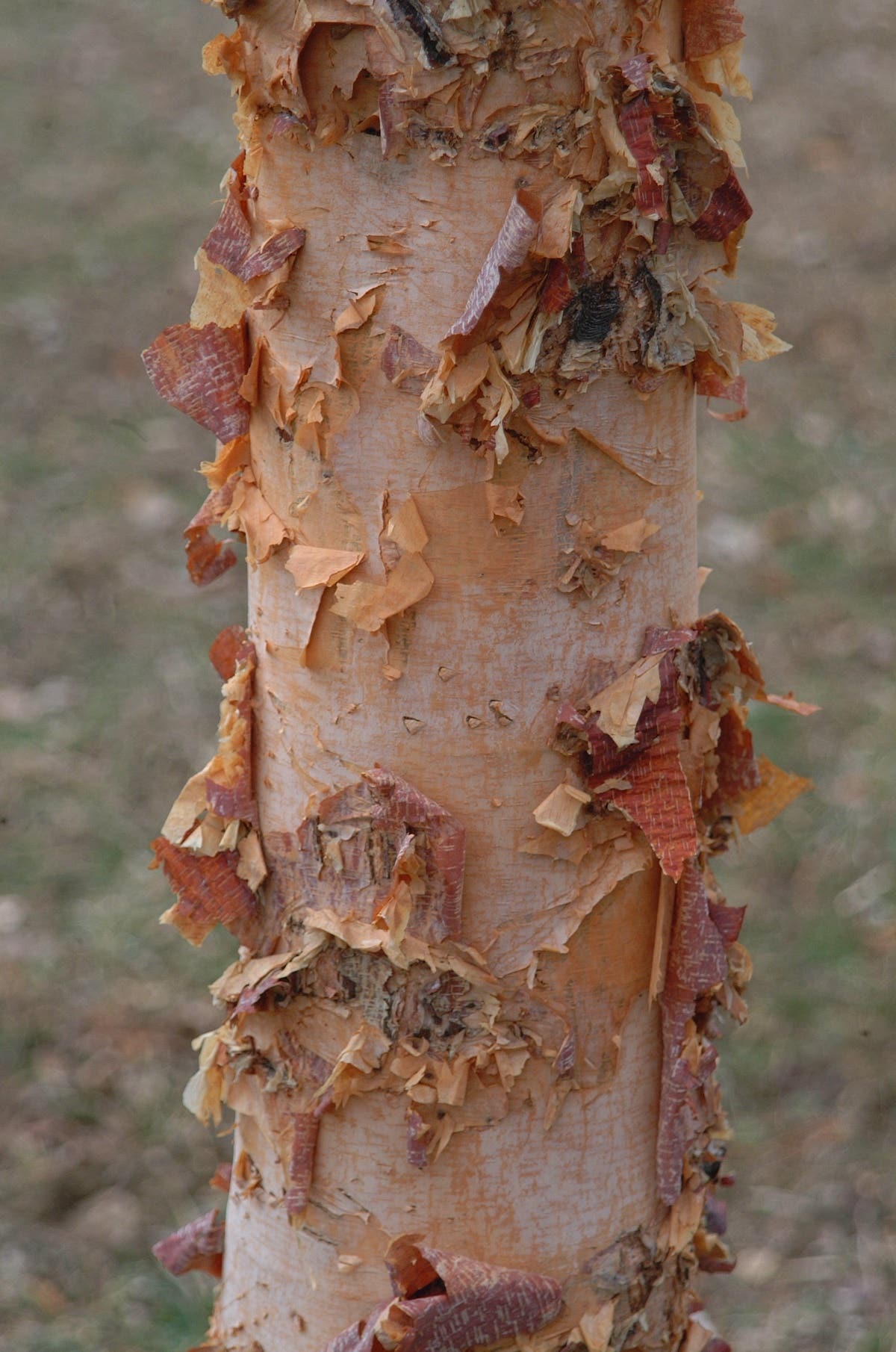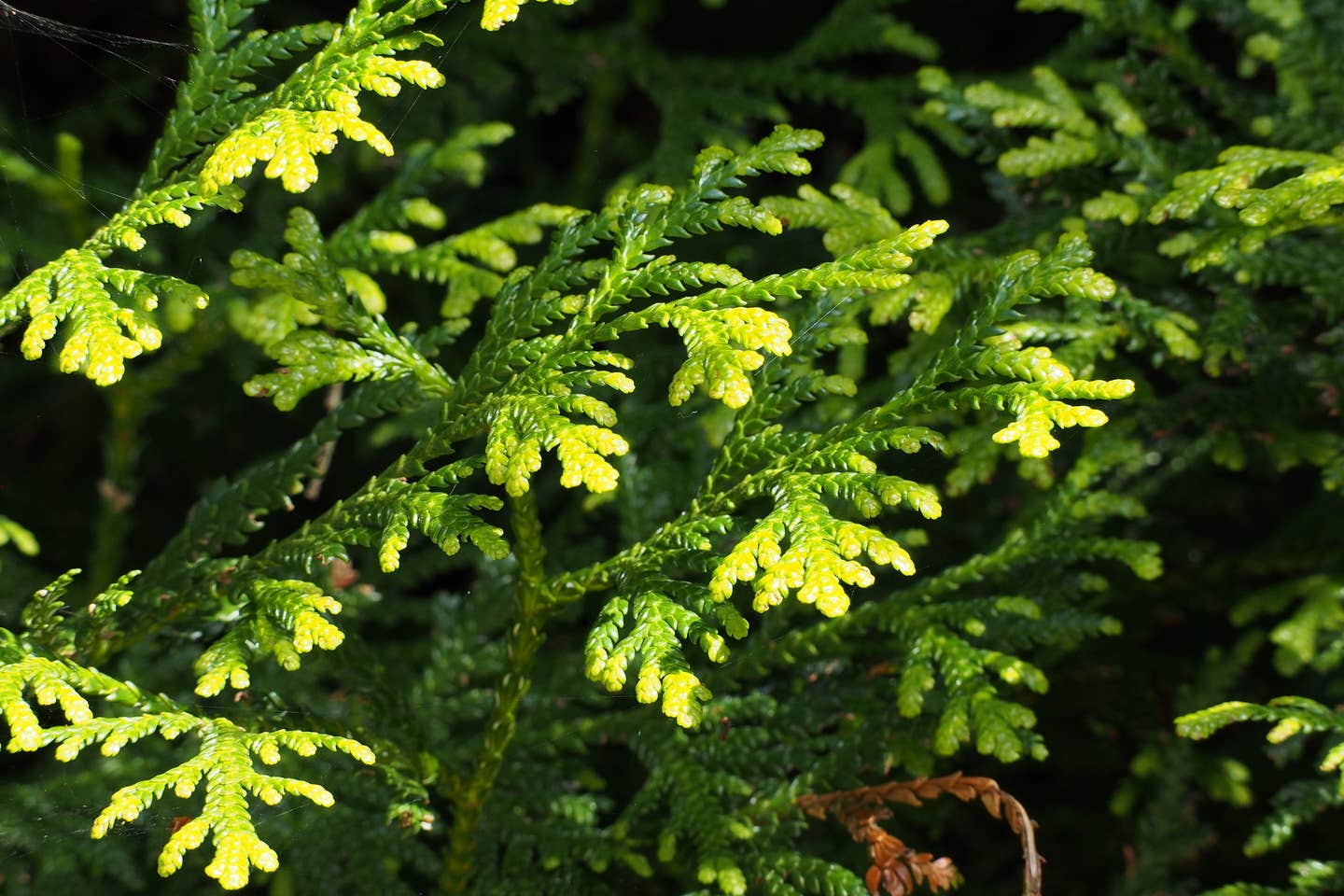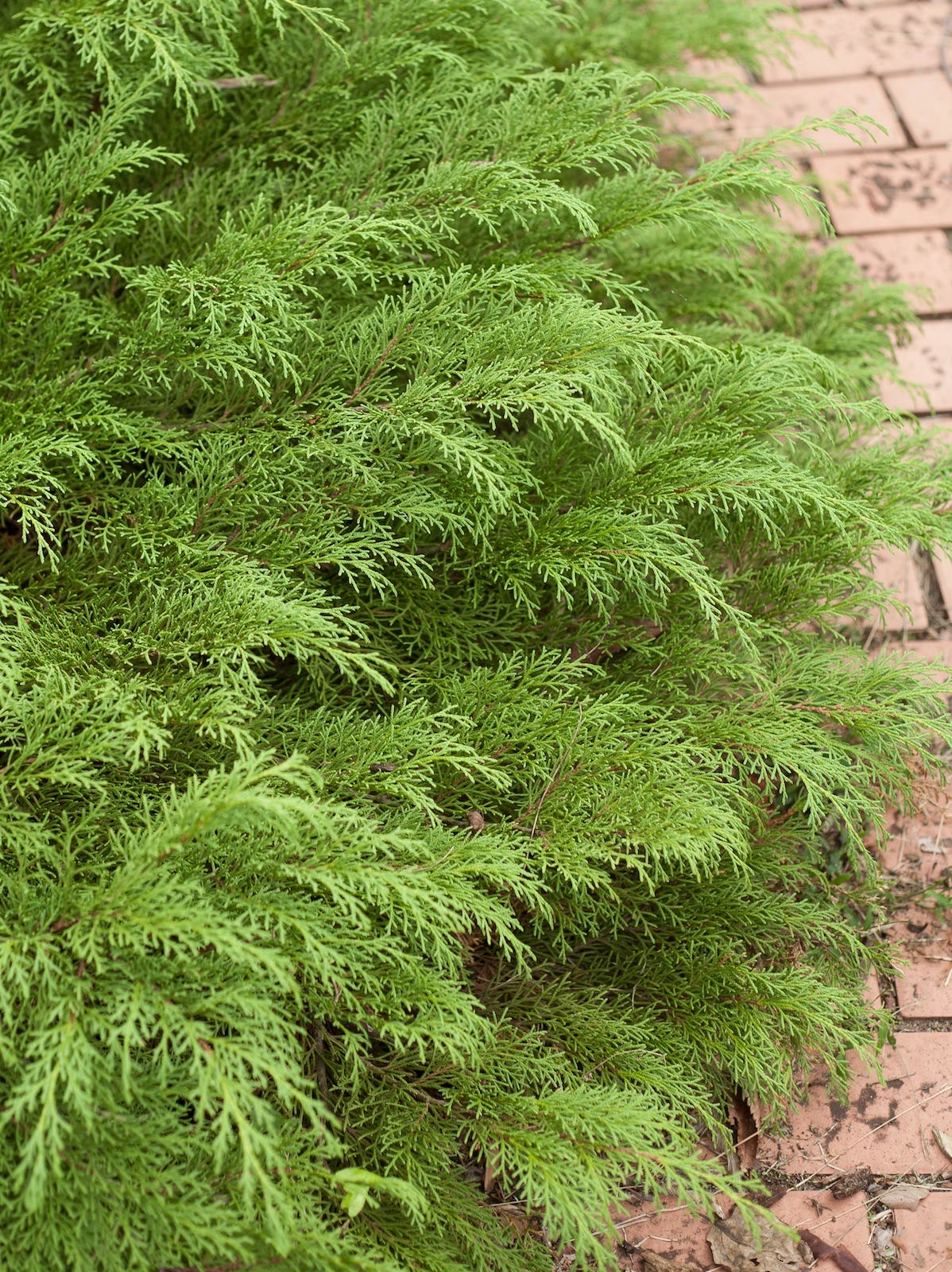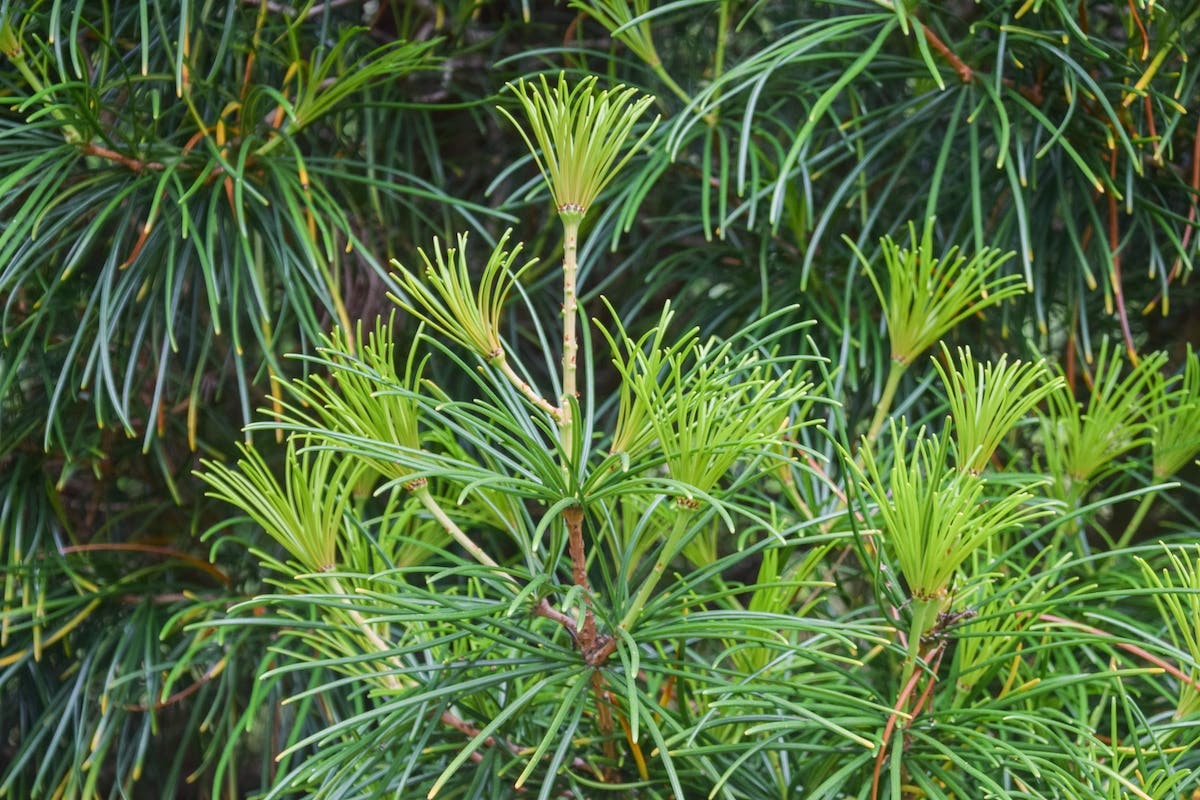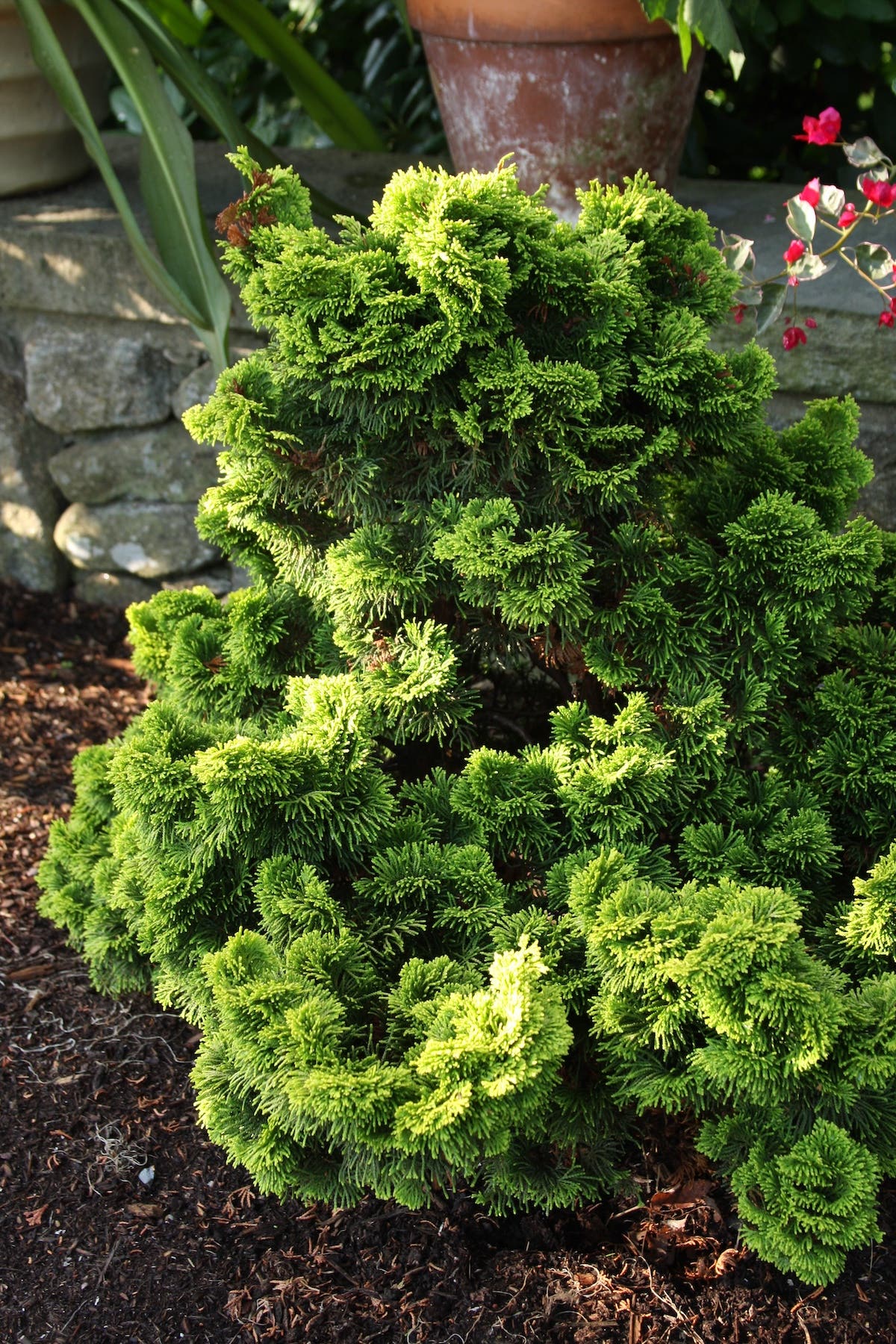Red-hot Poker Plant, or Kniphofia, Sizzles in the Garden
Virtues: Red-hot poker is a flowering perennial that erupts with hot-colored tubular blooms atop straight stems in the summer. This surprisingly hardy perennial fits right into meadow-like plantings where it…
Virtues: Red-hot poker is a flowering perennial that erupts with hot-colored tubular blooms atop straight stems in the summer. This surprisingly hardy perennial fits right into meadow-like plantings where it can mingle with ornamental grasses and other sun lovers. This plant can withstand drought and it attracts hummingbirds.
Common name: Red-hot poker, torch lily
Botanical name:Kniphofia uvaria
Exposure: Full sun
Season: Late spring into mid- or late summer (depending on variety), for flowers
Flowers: From late spring into midsummer, red-hot pokers bloom with tall, straight flowering stems that are topped by dense heads of long, tubular flowers that tend to droop. Together the flowers atop each stem look like a shaggy bottlebrush. Precise flowering time and color varies depending on the cultivar, but most are hot in color (red, orange or yellow). Some soft colors have been developed, too. Red-hot poker takes on a two-tone effect as the flowers toward the bottom of the cluster fade while those at the top continue opening with fresh, bright color.
Foliage: Red-hot poker plant has a clump of grass-like green leaves.
Habit: This is an herbaceous perennial that forms a grassy clump of foliage between 12 and 36 inches tall and wide, with the precise size depending on the variety.
Origins: South Africa
How to grow red-hot poker: Provide full sun and average, well-drained soil. Good drainage is especially key through winter, when wet soil would make the root rot. Apply supplemental water during the first growing season, but once established kniphofia is fairly drought tolerant. Remove the flowers, cutting at the base of the stem, as they fade. Leave the spent foliage in tact in the fall, because it will prevent precipitation from settling into the crown of the plant. Trim it away in early spring. The time to divide kniphofia is also spring. USDA Zones 5–9, depending on cultivar.
Image credit: peplow / iStock / Getty Images


